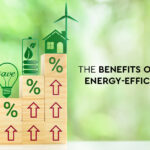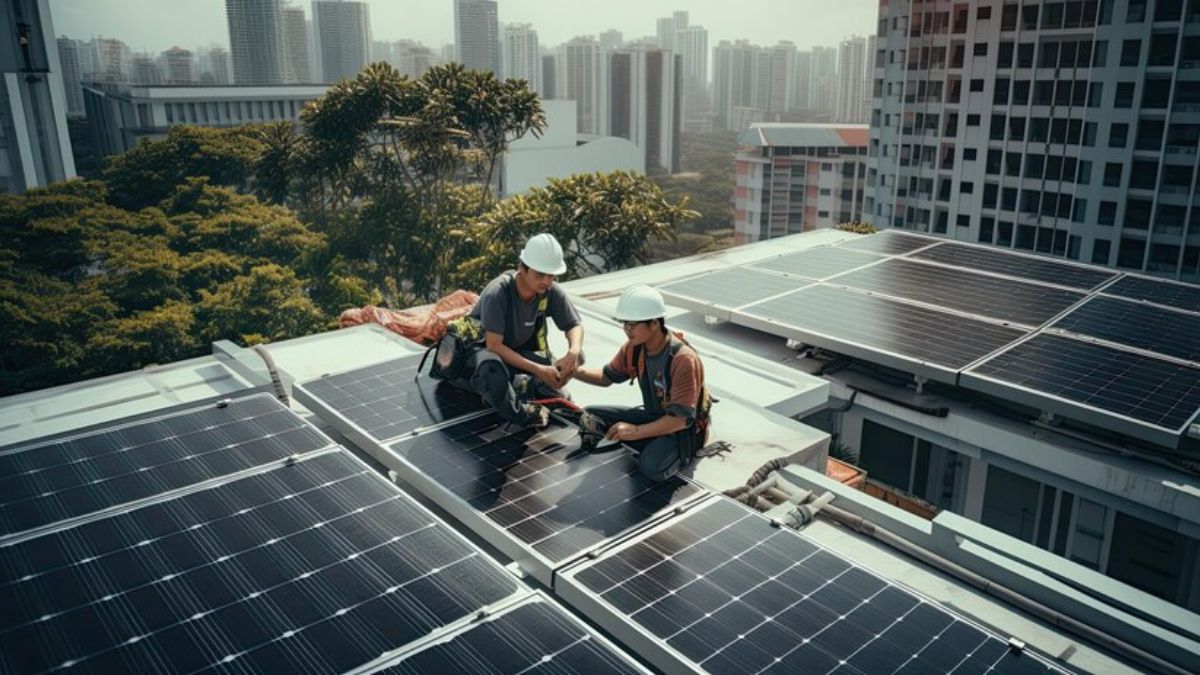Rooftop solar systems have gained significant traction recently as more homeowners and businesses seek sustainable energy solutions. These systems convert sunlight into electricity, providing a clean, renewable energy source that drastically reduces utility bills and minimizes carbon footprints. We will explore how rooftop solar systems function, the components involved, and the benefits they offer. Understanding these aspects can help individuals make informed decisions about investing in solar technology, which supports environmental sustainability and enhances energy independence and long-term financial savings.
Understanding Solar Photovoltaic Technology
At the heart of rooftop solar systems lies photovoltaic (PV) technology, which converts sunlight directly into electricity. When sunlight strikes a solar panel, it excites electrons in the semiconductor material, typically silicon, creating an electric current. Each solar panel comprises numerous solar cells connected in series and parallel to optimize energy production. The total amount of electricity generated by the system depends on several factors, including the size and efficiency of the panels, the angle and orientation of the roof, and the geographic location. A typical residential solar panel can produce between 250 to 400 watts of power in optimal conditions.
Rooftop solar systems can vary in design and complexity. A standard residential setup often consists of multiple panels mounted on the roof, an inverter to convert direct current (DC) electricity generated by the panels into alternating current (AC) electricity used in homes, and a monitoring system that tracks energy production and consumption. This conversion is crucial because most household appliances run on AC electricity. The inverter is essential, as it also ensures that the system operates efficiently and safely by managing the energy flow.
The Components of a Rooftop Solar System
A rooftop solar system comprises several key components, each playing a vital role in the system’s functionality. The most visible component is the solar panels, typically installed on the roof to capture sunlight effectively. These panels can come in various types, such as monocrystalline, polycrystalline, and thin-film, each with different efficiencies and cost profiles.
Another critical element is the inverter, which is the system’s brain. It converts the DC electricity produced by the solar panels into AC electricity that can be used in the home or fed back into the electrical grid. Different types of inverters exist, including string inverters, microinverters, and power optimizers, each offering distinct advantages depending on the installation configuration and shading issues.
A rooftop solar system may also include a mounting structure to secure the panels, a monitoring system for tracking performance, and safety devices such as circuit breakers. Some systems may also integrate battery storage, allowing homeowners to store excess energy generated during the day for use at night or during power outages. This integration enhances energy independence and can further reduce reliance on the grid.
Installation Process and Considerations
Installing a rooftop solar system involves several steps and considerations. First, a site assessment is typically conducted to evaluate the roof’s condition, orientation, and shading from trees or nearby buildings. The assessment ensures that the roof can support the weight of the panels and that they will receive adequate sunlight throughout the day.
Once the assessment is complete, a custom system design is created based on the homeowner’s energy needs, roof specifications, and local regulations. After obtaining the necessary permits, the installation process can begin. This usually involves mounting the panels securely on the roof, connecting the inverter, and wiring the system to the home’s electrical system.
A final inspection is conducted post-installation by North Valley Solar Power Sacramento office to ensure everything complies with local codes and regulations. Homeowners need to choose qualified installers to provide a safe and efficient setup. Additionally, understanding local incentives, tax credits, and rebates available for solar installation can significantly affect the overall cost and return on investment.
Benefits of Rooftop Solar Systems
Rooftop solar systems offer numerous benefits that extend beyond just reducing electricity bills. One of the most significant advantages is the environmental impact; solar energy helps decrease reliance on fossil fuels and lowers greenhouse gas emissions. This transition to renewable energy contributes to mitigating climate change and promotes a more sustainable future.
Another advantage is energy independence. Homeowners can protect themselves from rising utility rates and energy market fluctuations by generating their electricity. Furthermore, integrating battery storage systems allows users to store surplus energy, making it available when sunlight is insufficient, such as at night or during power outages.
In addition, many regions offer financial incentives for installing solar systems, including tax credits, rebates, and net metering policies, which can significantly offset installation costs and improve the return on investment. Lastly, solar panels can increase property values.
Rooftop solar systems represent a significant step toward sustainable energy solutions, offering numerous benefits ranging from reduced electricity bills to environmental conservation. Homeowners can generate electricity, improve energy independence, and enhance property value by harnessing the sun’s power through photovoltaic technology. As advancements in solar technology continue to emerge, and with supportive policies in place, the adoption of rooftop solar systems is expected to grow. This supports individual energy needs and contributes to a more sustainable and resilient energy future for communities and the planet. Understanding how these systems work is the first step for individuals considering this impactful investment.










